

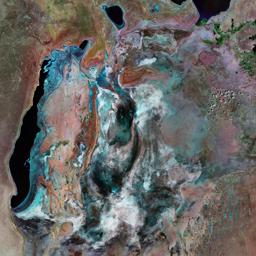
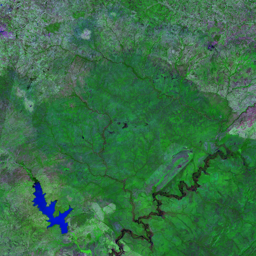



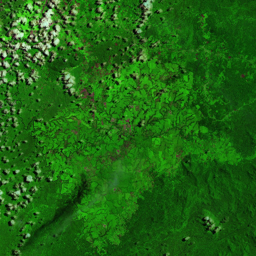

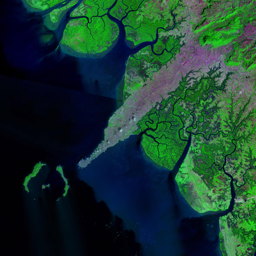
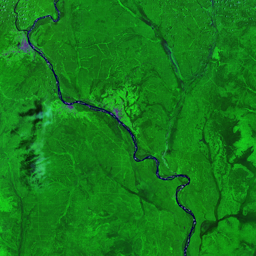
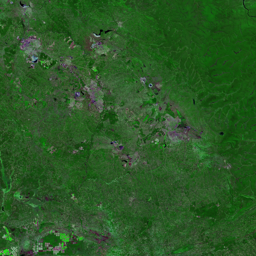
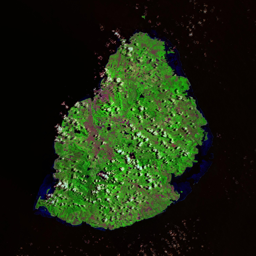
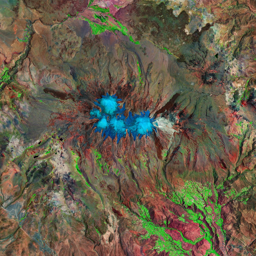
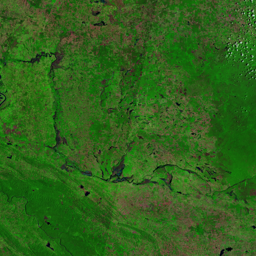
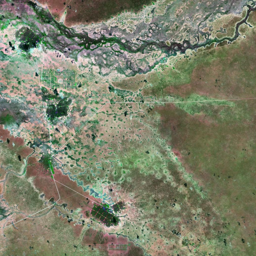

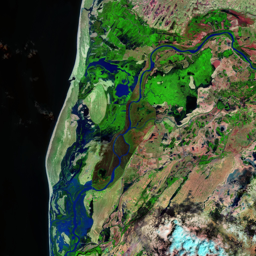


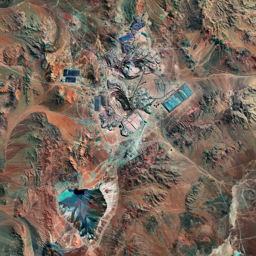
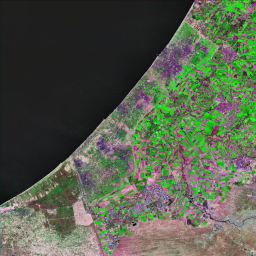






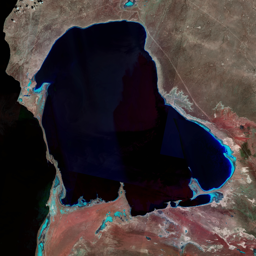
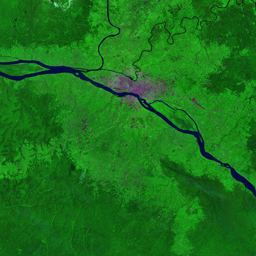


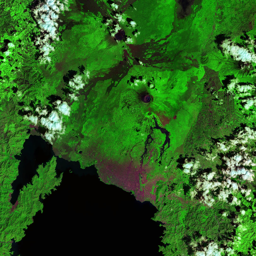

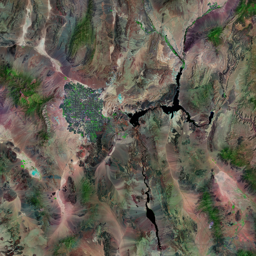
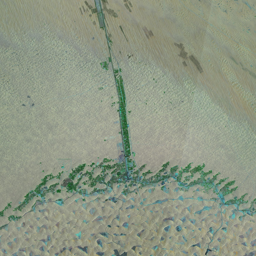
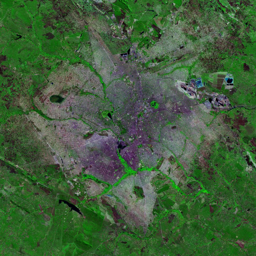



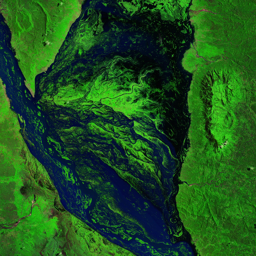







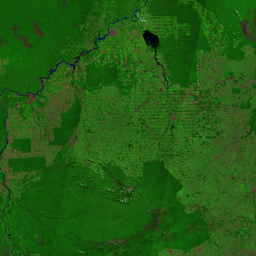
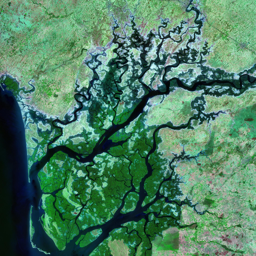

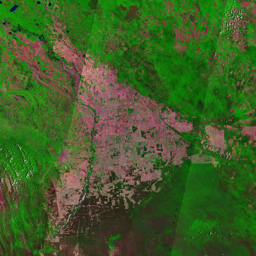
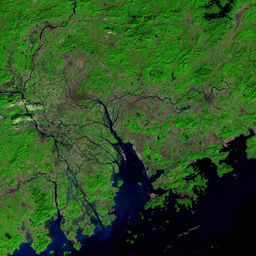

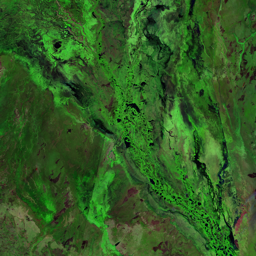

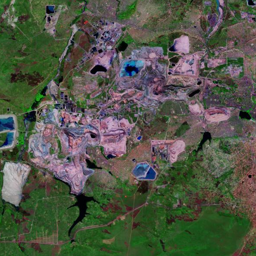
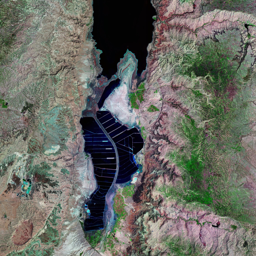
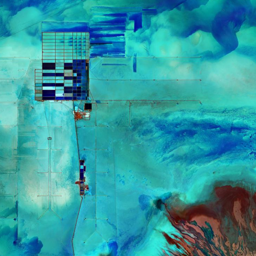
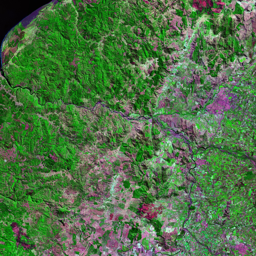


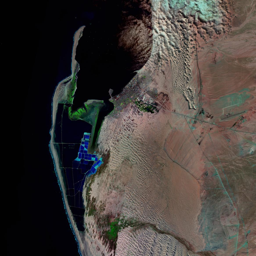

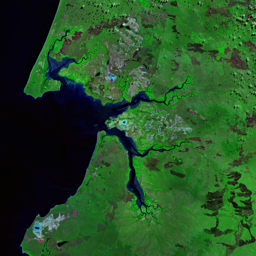
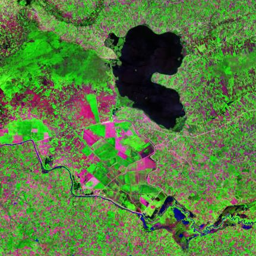
The Kafue River, one of the Zambezi's main tributaries, crosses a broad floodplain roughly 255 km long as it passes between the Itezhi-tezhi dam and the Kafue Gorge Dam. Before the Itezhi-tezhi Dam was built on the river in 1978, flooding began in December and would cover much of the plain well into the dry season. Although the dam was built to allow the release of sufficient water to mimic natural seasonal flooding, it is not clear to what extent this was done in the past. This floodplain provides important habitat for rare and endemic species, including the Kafue lechwe and wattled crane, and supports local livelihoods, especially cattle-raising and fishing. Limited seasonal flooding following the dam's construction has been linked to a decline in fish production and reduced numbers of Kafue lechwe. The number of lechwe fell from around 90 000 before the dam was built to around 37 000 in 1998. In 2004, a partnership between World Wildlife Fund, the Zambian Ministry of Energy and Water Development, and the Zambian Electricity Supply Company put new rules in place so that water releases from the dam mimic natural flooding patterns.
Use shift + scroll to zoom the map
Use shift + scroll to zoom the map